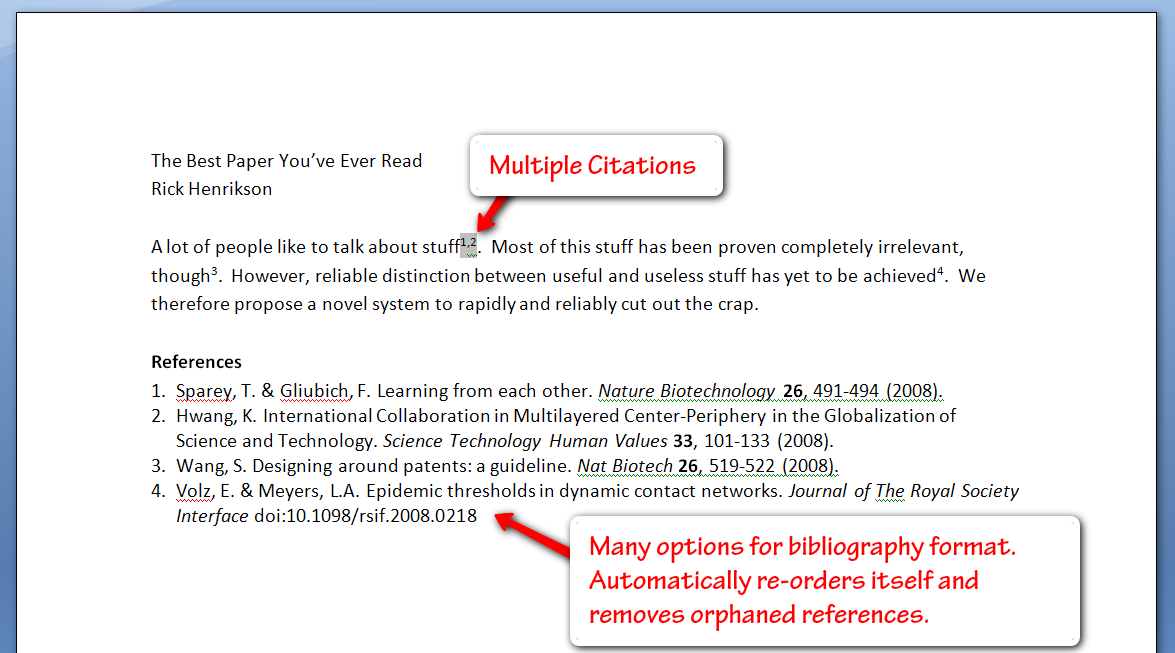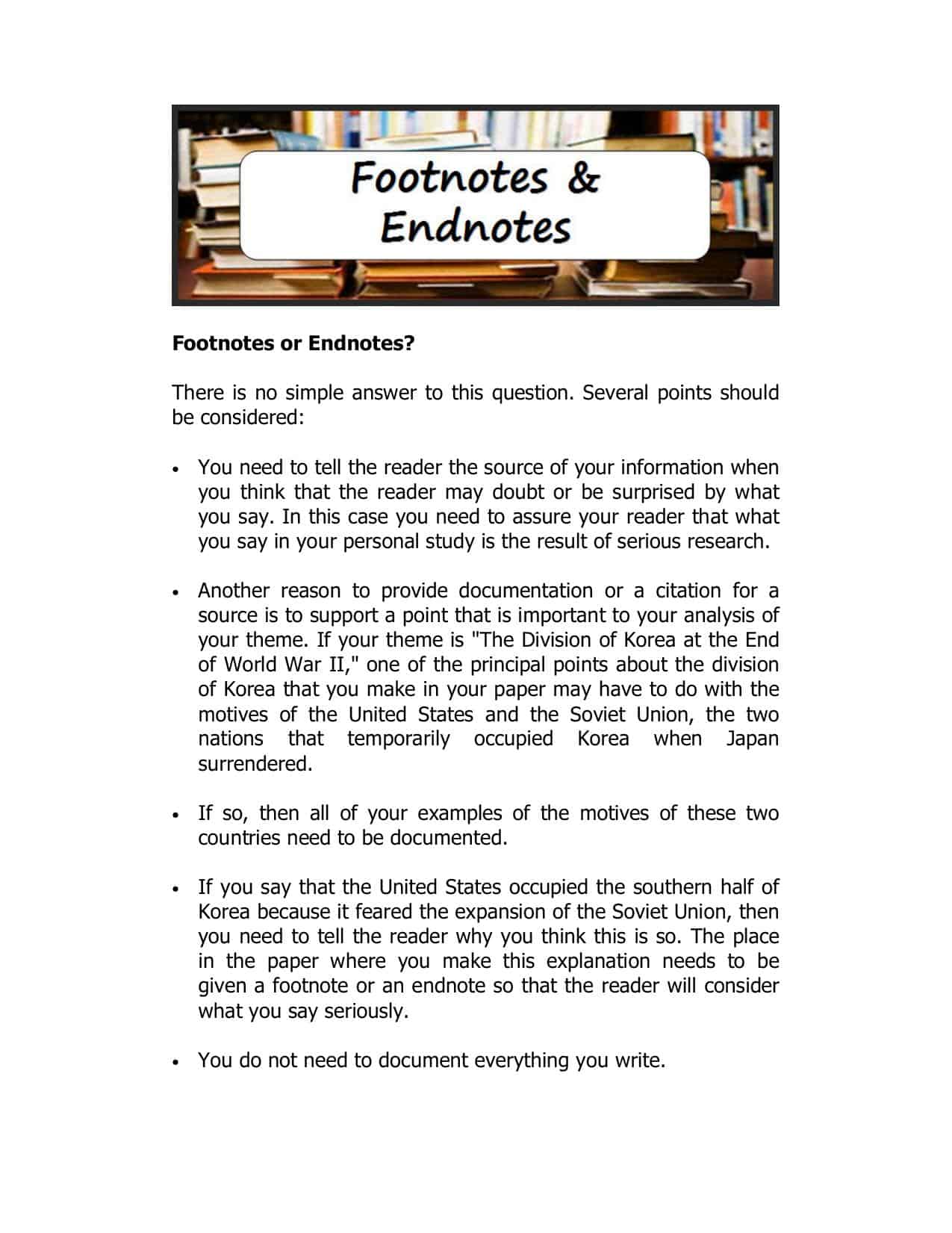
The bad news only creeps in if you want the notes to immediately follow the table and include footnotes elsewhere in the document.

The good news is, it’s possible, and it isn’t difficult. One of those instances is adding footnotes to a table. In the Captions section, click "Cross-reference.Microsoft Word is so comprehensive that it’s easy to expect that it can do anything we want, but it doesn’t always deliver.Click the "References" tab in the ribbon.
:max_bytes(150000):strip_icc()/002-inserting-footnotes-in-word-document-3540270-4e5eb456fa0e490d878441a2bf0d52cd.jpg)
After adding the footnote or endnote in the usual way, position the cursor where you want to insert it the second time.If you want to cross-reference endnotes, the process is identical just substitute endnotes for footnotes throughout the process as needed. Rather than adding the same footnote or endnote repeatedly, you can cross-reference the first instance whenever you need to throughout the document. You might need to repeat the same reference multiple times in a document. How to cross-reference your footnotes and endnotes In addition, your writing or publishing guidelines might specify what numbering system to use for footnotes. This is more than just an aesthetic choice if you have both footnotes and endnotes in the same document, you'll want to make sure they're different to eliminate confusion.

You can specify the kind of numbering, lettering or other symbols that get used when you add footnotes. Change the formatting of the footnotes and endnotes.Click the dropdown menu next to "Columns" to arrange footnotes into columns instead of following the format of the main text. Change the footnote or endnote layout.If you choose "Below text," the notes appear immediately under the last text on the page rather than all the way at the bottom. In the Location section, you can choose "Bottom of page" or "Below text" to set where footnotes appear.

There are several options on this small dialog box. The Footnote and Endnote options dialog box.


 0 kommentar(er)
0 kommentar(er)
